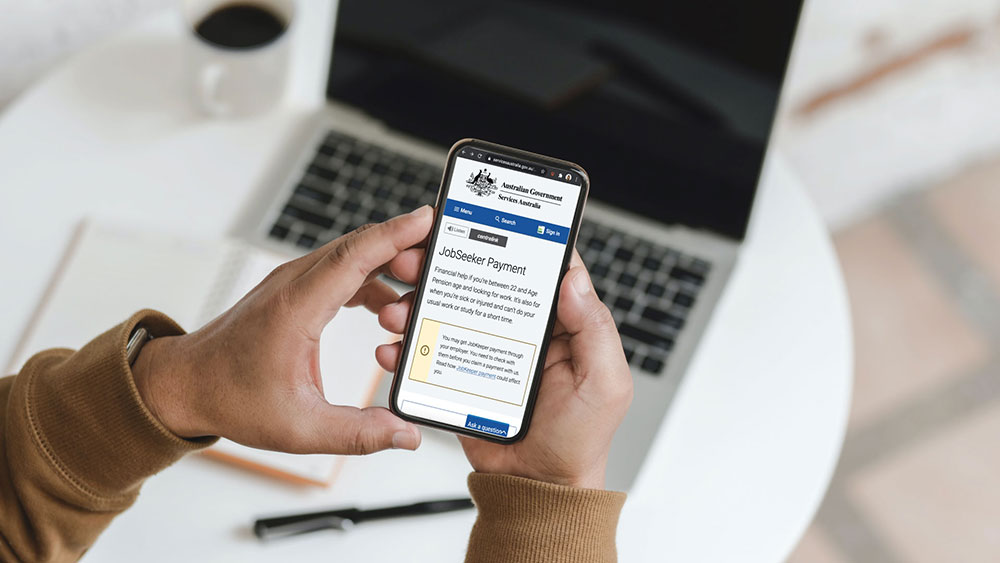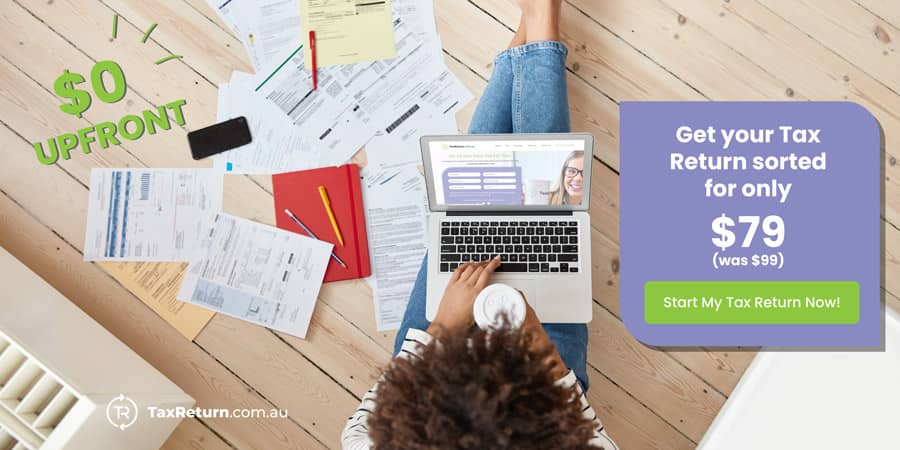[Updated April 28, 2023]
COVID-19 has consequences that even the most developed countries in the world were not prepared for. Slowly, things are starting to be brought under control. While we are in the transition period, Australians need to know they are well-supported as they try to get back to jobs and routines.
Over the past few months, the Government has introduced quite a few stimulus packages since the coronavirus pandemic hit the nation. One of them is the JobKeeper payment. Many Australians did get confused over this newly launched scheme, particularly because there is already an existing program called JobSeeker.
In this blog post, we will tackle what JobKeeper and JobSeeker are and how they differ. More importantly, you will learn if they have an effect on your tax return.
JobKeeper Vs JobSeeker: How It Affects Your Tax Return
JobKeeper vs JobSeeker: The Main Differences
Before you determine how these schemes affect your tax, it is essential to know what they are about. JobSeeker and JobKeeper are a part of the $130 billion support package intended for workers and businesses. The amount is committed for up to six months since the announcement of the stimulus in March. It should assist those whose jobs and livelihoods have been affected by the pandemic. The estimate is that the stimulus package would help about six million Australians.
Simply put, you should go for the JobSeeker payment if you are a worker or seeking a job. Employees who stood down, as well as those who were let go by their companies, can apply for this scheme.it is also available for those who are self-employed, sole traders, and casual and contract workers. Applicants will have to meet individual requirements, including an income test. They should prove that the coronavirus had an impact on their livelihood.
On the other hand, the JobKeeper payment is for employers so that they can retain their employees if they decide to continue operating. The amount they receive can also be used to stay connected to the workers if ever the business had to close.

Ideally, the JobKeeper is more sought after because the whole point is to help keep the job. Therefore, even if your employment is dormant and in the lower-rate capacity, this scheme is more beneficial. Also, it offers more money.
The JobSeeker payment is about $1,100 in fortnightly payments with $550 for six months as the coronavirus supplement starting 27 April. However, JobKeeper provides a flat rate of $1,500 per fortnight for six months beginning 30 March.
If you do qualify for JobSeeker payments, you could receive extras, including rental assistance, pharmaceutical allowance, and energy supplement. It may also include family tax benefits. All these amounts are applied before potential tax.
The Effects of JobKeeper and JobSeeker during Tax Time
Both JobSeeker and JobKeeper are deemed assessable income, which will reflect on your tax return. However, the big difference is that JobKeeper is not subject to GST.
Take note that you cannot receive both payments. If you applied for JobSeeker but want to get JobKeeper instead, you are free to withdraw your application. You can then switch to your preferred payment. Be sure to check your eligibility where the requirements include:
- You are a full-time or part-time employee or at least a long-term casual for more than 12 months up to 1 March 2020
- You are at least 16 years old and an Australian citizen
- You have been employed on 1 March 2020
If you have other jobs, you can only take one JobKeeper payment from one employer. You should also check that your employer is eligible for this subsidy. The JobKeeper payment is applicable if you have been stood down or hired back by your employer whose business has a turnover of below $1 billion. Due to the pandemic, this amount should be lowered by at least 30 per cent compared to the previous year or at least for a month since the pandemic.
For businesses with a turnover of $1 billion or more, the new turnover should be lowered by at least 50 per cent.
Businesses who cannot show the reduced turnover should immediately contact the Commissioner of Taxation. This way, they can provide additional documents and information to become eligible for the JobKeeper payment.
It is also vital that businesses register or apply on the website of the Australian Taxation Office (ATO). They should claim that their turnover has declined or is posed to do so in the coming months. Additionally, businesses should provide employee information, including those who were let go or re-hired.
Although both JobSeeker and JobKeeper have an impact on your tax return, the change will not be so significant. There is a possibility that you will receive more substantial funds from the Government through the scheme you have chosen. If you earn the average weekly wage, which is $1,720.90 for full-time employees, do not expect a lot to change.
A big question is whether or not JobKeeper will help you get a larger refund. As mentioned above, this payment is taxable. If you earn at least $1,500 fortnightly and your working hours remain unchanged, your taxes will be basically the same.
The JobKeeper legislation requires businesses to pay workers with the same wage. This condition applies to employees who get to keep the same working arrangement prior to lockdown. However, if your salary was over $100,000 and you were laid off due to the pandemic, you could get a larger refund as a result. Nevertheless, there will not be any considerable changes.
Here is an example of a scenario:
- You earn $240,000 yearly but got laid off because of the pandemic.
- If you already worked nine months into that year, you earned $180,000. Your employer withheld $7,158 of tax for nine months or a total of $64,422.
- With JobKeeper, your monthly tax withheld will reduce to $283 monthly.
- When you lodge your tax return, your employer would have paid you $65,271. But your new income, which is now $189,000, puts your tax liability to $61,927. It is lower than your previous tax liability, and you can receive $3,344 as a tax refund.
If you are on the lower pay scale, your tax refund boost would be even smaller. It is because JobKeeper will be calculated based on your regular income. For instance, if you receive $120,000 yearly and you lost your job in March, your tax refund will amount to $1,139.

The big difference, though, lies on Australians whose income is less than $1,500 fortnightly. If your income is around $700 to $1,500 per fortnight, you could get a bigger tax refund based on the last three months of this tax year. However, you should still be in the $18,200 threshold, which is tax-free.
On the other hand, if you are on JobSeeker, your payments will be taxed on your marginal tax rate. You do not have to pay tax if you go below the tax-free threshold for the 2019-20 financial year.
Lodging Your Tax Return
You do not need to indicate if you receive either JobSeeker or JobKeeper on your tax return. They will automatically be uploaded, which is pretty much like other Government benefits.
However, it would help if you understood that JobKeeper is treated like your regular salary. Employers are required to give you the subsidies. Therefore, the payment will instantly be in your income statement. A tax agent or the ATO can access the document right away.
If you are on JobSeeker, it may take a while before the payment appears on your tax information. For this reason, it is advised that taxpayers delay lodging until the end of July.



